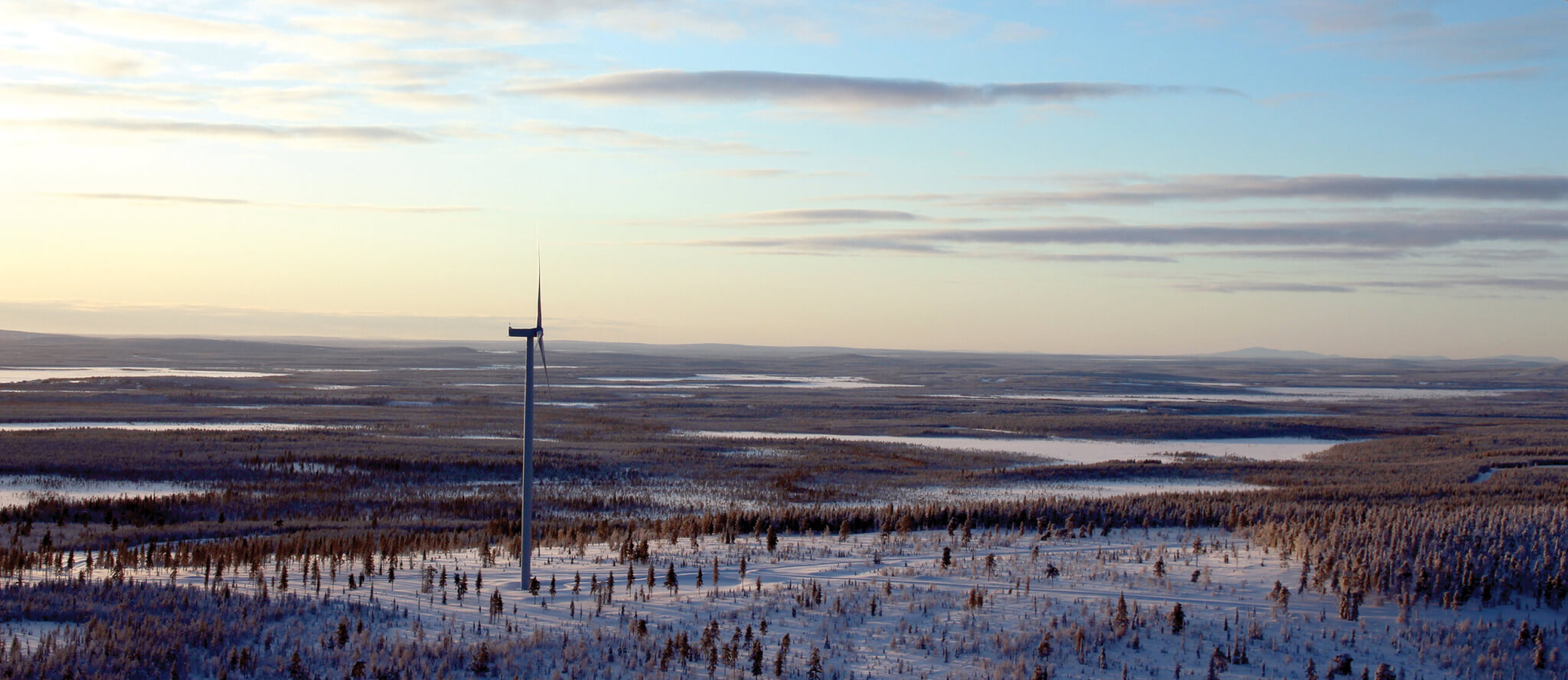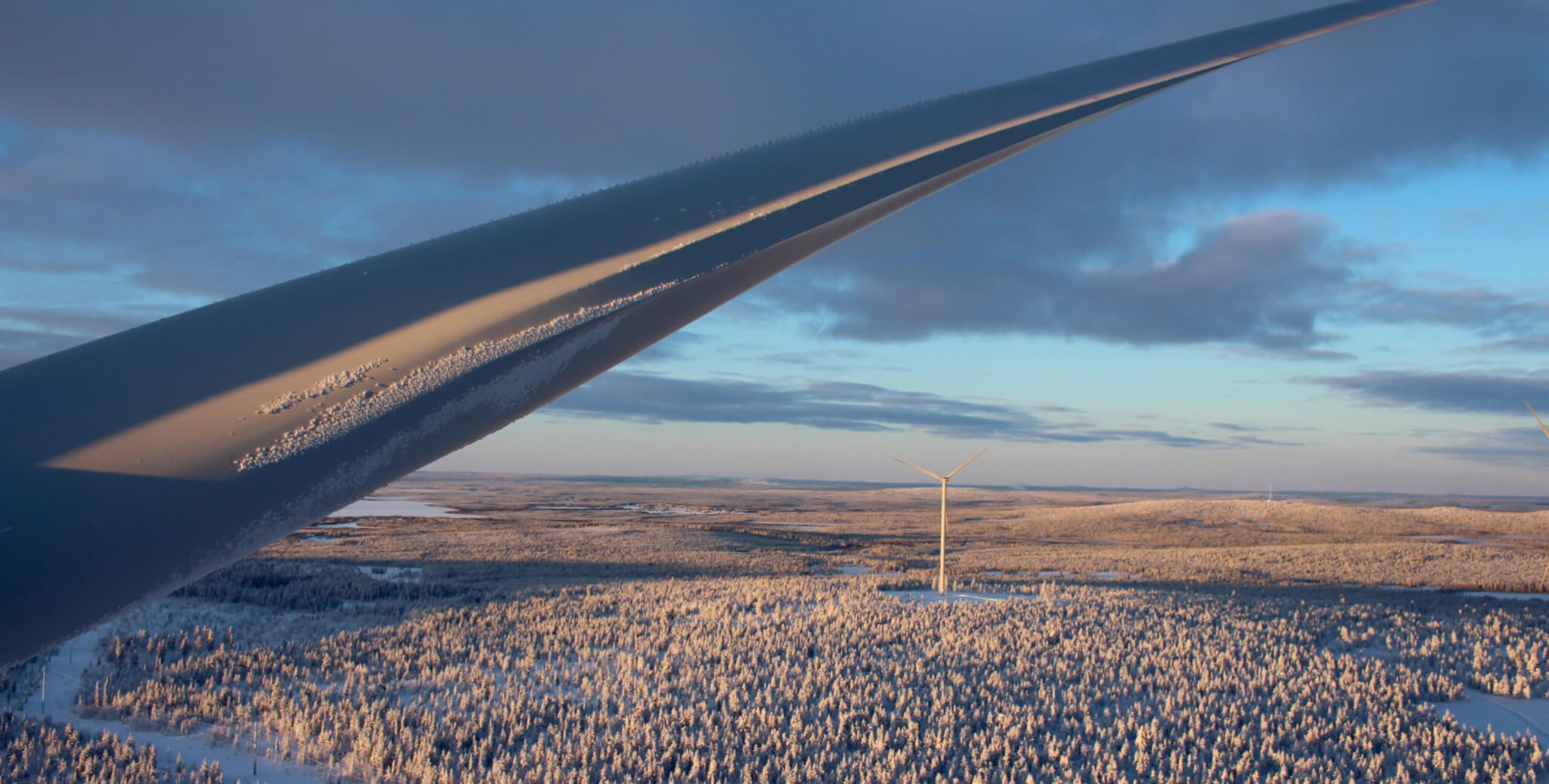Political atmosphere
From national policies’ perspective, Finland is a stable environment to develop wind power. The Finnish government has set ambitious climate objectives: Finland aims at carbon neutrality by 2035 and carbon negativity soon thereafter. For Finland’s ambitious climate objectives, increasing the production of clean electricity plays a central role. A by Finnish Innovation Fund Sitra emphasizes the significance of onshore wind power as the most cost-efficient energy source to meet future electricity demands. Scenarios also rely on electricity-based hydrogen and Power-to-X fuels, supporting electricity supply and demand flexibility.
EU
The European policy baseline has taken promising steps too. The European Green New Deal initiates Europe’s objective of becoming climate neutral by 2050 and thereby being the first continent to pull that through. “Fit-for-55”, a legislative package by the European Commission published in July 2021, aims at a 55 % reduction in greenhouse gas emissions in the EU from 1990 levels by 2030. The Fit-for-55 package includes an objective of 40 % renewable energy sources in the overall energy mix. Furthermore, the European Commission plans to extend the scope of the Renewable Energy Directive concerning for example PPA’s, offshore wind power and the industrial use of renewable energy and hydrogen.

Finnish Governmental Programme
According to the Prime Minister Orpo’s Governmental Programme published on Friday 16th of June 2023, Finland is committed to the previously defined climate targets. In addition, the Governmental Programme outlines that the operating conditions for wind power will be developed and that the increase in electricity production will be ensured putting emphasis also on the public acceptance. There is also a desire to build wind power in different parts of the country and, to a significant extent, also offshore. The competitive position of Finnish offshore wind power in relation to neighbouring markets will be strengthened.
The Government will update the Energy and Climate Strategy, and the carbon-neutrality roadmaps of different industry sectors will also be updated. The Government will also encourage all sectors to draw up biodiversity maps, which will provide an understanding of the dependence of economic activity on nature and the added value it provides (ecosystem services).
Finland builds market based wind power
The rapid development of wind power technology has created prosperous circumstances for market-based wind power development. In early 2010’s the increase of wind power industry in Finland was driven by the government’s feed-in tariff that guaranteed the electricity producer a fixed price, but today all new wind power projects are market-based and the projects are built without financial aid.
Most political parties in Finland support increasing the share of wind power. Moreover, wind power has the support of the citizens: According to the on Finnish citizens’ attitudes towards energy, over 80 % of Finns want to increase the share of wind power in Finnish energy production. Although the general acceptability of wind power is good, there is a lot of local and often critical discussion about wind power projects.

Municipalities
Wind power projects rely on municipal decision making, as municipalities in Finland have a monopoly in zoning and master planning. Although, as the level of property taxes in Finland has increased, the benefits for municipalities are unquestionable. Property tax revenues also promote local acceptability of wind power. Despite this, some municipalities have decided that they do not want to zone wind power in their areas at this point.
Many Finnish municipalities also have ambitious emission reduction targets and strive towards carbon neutrality, which creates a stable baseline for the decision-making of renewable energy investments.